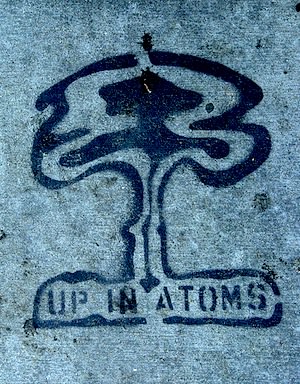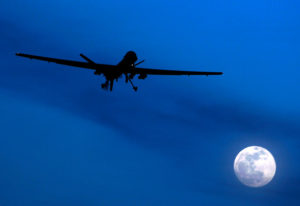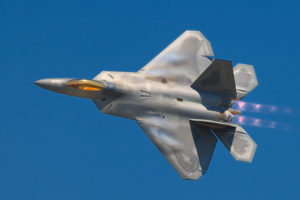When the Eastern Seaboard Nearly Became a Fallout Zone
A once-secret document published in The Guardian on Friday shows that the U.S. Air Force in the early 1960s came within inches of detonating an atomic bomb over North Carolina that would have exploded with 260 times the force of the device that destroyed Hiroshima.
A once-secret document published in The Guardian on Friday shows that the U.S. Air Force in the early 1960s came within inches of detonating an atomic bomb over North Carolina that would have exploded with 260 times the force of the device that destroyed Hiroshima.
The document, obtained by investigative journalist Eric Schlosser through a Freedom of Information Act request, conclusively shows that the U.S. narrowly escaped apocalypse-grade disaster when two Mark 39 hydrogen bombs were accidentally dropped over Goldsboro, N.C., on Jan. 23, 1961.
“The bombs fell to earth after a B-52 bomber broke up in mid-air, and one of the devices behaved precisely as a nuclear weapon was designed to behave in warfare: its parachute opened, its trigger mechanisms engaged, and only one low-voltage switch prevented untold carnage,” The Guardian reported.
“Each bomb carried a payload of 4 megatons — the equivalent of 4 million tons of TNT explosive,” the paper continued. “Had the device detonated, lethal fallout could have been deposited over Washington, Baltimore, Philadelphia and as far north as New York city — putting millions of lives at risk.”
Schlosser uncovered the document during research for his new book on the nuclear arms race, “Command and Control.” Through FOIA requests, he discovered at least 700 “significant” accidents and incidents involving 1,250 nuclear weapons recorded between 1950 and 1968 alone.
“The US government has consistently tried to withhold information from the American people in order to prevent questions being asked about our nuclear weapons policy,” The Guardian quotes the reporter as saying. “We were told there was no possibility of these weapons accidentally detonating, yet here’s one that very nearly did.”
— Posted by Alexander Reed Kelly.
Your support matters…The Guardian:
Though there has been persistent speculation about how narrow the Goldsboro escape was, the US government has repeatedly publicly denied that its nuclear arsenal has ever put Americans’ lives in jeopardy through safety flaws. But in the newly-published document, a senior engineer in the Sandia national laboratories responsible for the mechanical safety of nuclear weapons concludes that “one simple, dynamo-technology, low voltage switch stood between the United States and a major catastrophe”.
Writing eight years after the accident, Parker F Jones found that the bombs that dropped over North Carolina, just three days after John F Kennedy made his inaugural address as president, were inadequate in their safety controls and that the final switch that prevented disaster could easily have been shorted by an electrical jolt, leading to a nuclear burst. “It would have been bad news – in spades,” he wrote.
… Jones found that of the four safety mechanisms in [one] bomb, designed to prevent unintended detonation, three failed to operate properly. When the bomb hit the ground, a firing signal was sent to the nuclear core of the device, and it was only that final, highly vulnerable switch that averted calamity. “The MK 39 Mod 2 bomb did not possess adequate safety for the airborne alert role in the B-52,” Jones concludes.
Independent journalism is under threat and overshadowed by heavily funded mainstream media.
You can help level the playing field. Become a member.
Your tax-deductible contribution keeps us digging beneath the headlines to give you thought-provoking, investigative reporting and analysis that unearths what's really happening- without compromise.
Give today to support our courageous, independent journalists.





You need to be a supporter to comment.
There are currently no responses to this article.
Be the first to respond.